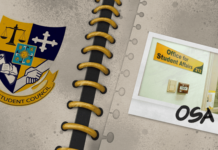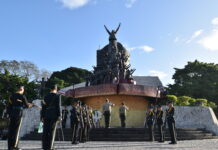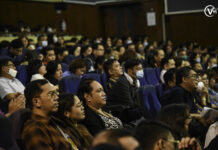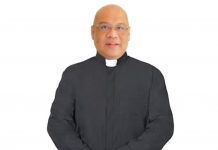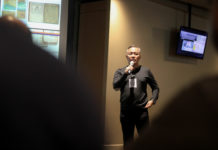DID UST violate the deed of donation that gave the University its 22-hectare España campus in the early 1920s when it decided to spin off the UST Hospital into a separate entity?
The simple answer is “No,” because the hospital remains a charitable institution attached to the Unviersity, although it is expected to generate profits for the first time in years.
UST Rector Fr. Ernesto Arceo, O.P., has dismissed the claims, while UST’s top historian is saying the claims made by newspaper columnists are historically doubtful, at best.
“The stipulations in the said document had never been violated because the hospital still caters to educational purposes like the internship of our medical, nursing and medical technology students. We also have our clinical division to attend to those who cannot pay for expensive medical fees,” Arceo said.
Federico Pascual in his “Postcript” column last June 3 in the Philippine Star, claimed the deed of donation for the Sampaloc campus restricts the use of the land exclusively for educational, religious and charitable purposes, exempting UST from taxes. But a lease contract with the UST Hospital, he claimed, violates the deed because this is a profitable activity outside UST operations.
Because of this, the entire UST campus can automatically be sequestered by the heirs of the donors, he claimed.
But who owned the land that came to the University’s possession?
Pascual claims the original owner was a certain Francesca Bustamante Bayot who donated 22 hectares from her 200-hectare Sulucan subdivision to the Dominicans as required by the government.
Arceo said the Philippines’ first Spanish governor-general, Miguel Lopez de Legazpi, had decreed that universities should administer the lands under the Spanish crown.
“According to the deed of donation, the Holy Rosary province, Bayot possibly being one of the owners of the land, donated the land to the University,” Arceo said.
However, UST archives director Fr. Fidel Villarroel O.P. said that the document of Bayot is only a typewritten copy without signatures.
“It cannot be presented anywhere and I think there isn’t any original document in the register of deeds,” Villarroel said. “Apart from Francesca, historical testimonies suggested two other businessmen, Don Antonio de la Riva and Don Alfredo Chicote, as the possible donors.”
Villarroel said that the Santa Clara sisters of St. Francis used to own an extensive hacienda in Sampaloc donated by pious landowners. The nuns later decided to place the hacienda under public auction since the land was not profitable agriculturally. The two businessmen then borrowed money from the Dominicans to purchase the auctioned property, which they later converted into a subdivision.
“De la Riva and Chicote approached the superior of the Dominicans in the Philippines, Fr. Buenaventura G. de Paredes, for help and the Provincial Council of the Dominican Corporation approved the granting of a loan in the requested amount.” Villarroel said. “They posted a total sum of P300,000 at the auction and emerged as the highest bidders to gain ownership of the hacienda.”
De la Riva and Chicote then established the Sulucan Development Co. which brokered the conversion of the land into a subdivision. As a token of gratitude, De la Riva and Chicote donated 22 hectares to facilitate the University’s transfer to its present location in Sampaloc district.
Villarroel’s research on the Sampaloc campus, which cited the works of Fr. Pablo Fernandez, O.P. in Voz Estudiantil in 1956, was published in Unitas way back in 1977.


